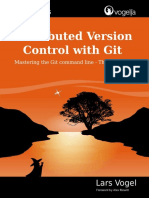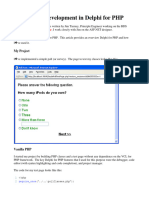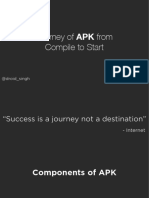0% found this document useful (0 votes)
12 views8 pagesGit & Github Interview Q - A
GitHub related q and a
Uploaded by
chintuisgreat6666Copyright
© © All Rights Reserved
We take content rights seriously. If you suspect this is your content, claim it here.
Available Formats
Download as PDF, TXT or read online on Scribd
0% found this document useful (0 votes)
12 views8 pagesGit & Github Interview Q - A
GitHub related q and a
Uploaded by
chintuisgreat6666Copyright
© © All Rights Reserved
We take content rights seriously. If you suspect this is your content, claim it here.
Available Formats
Download as PDF, TXT or read online on Scribd
/ 8




















































































